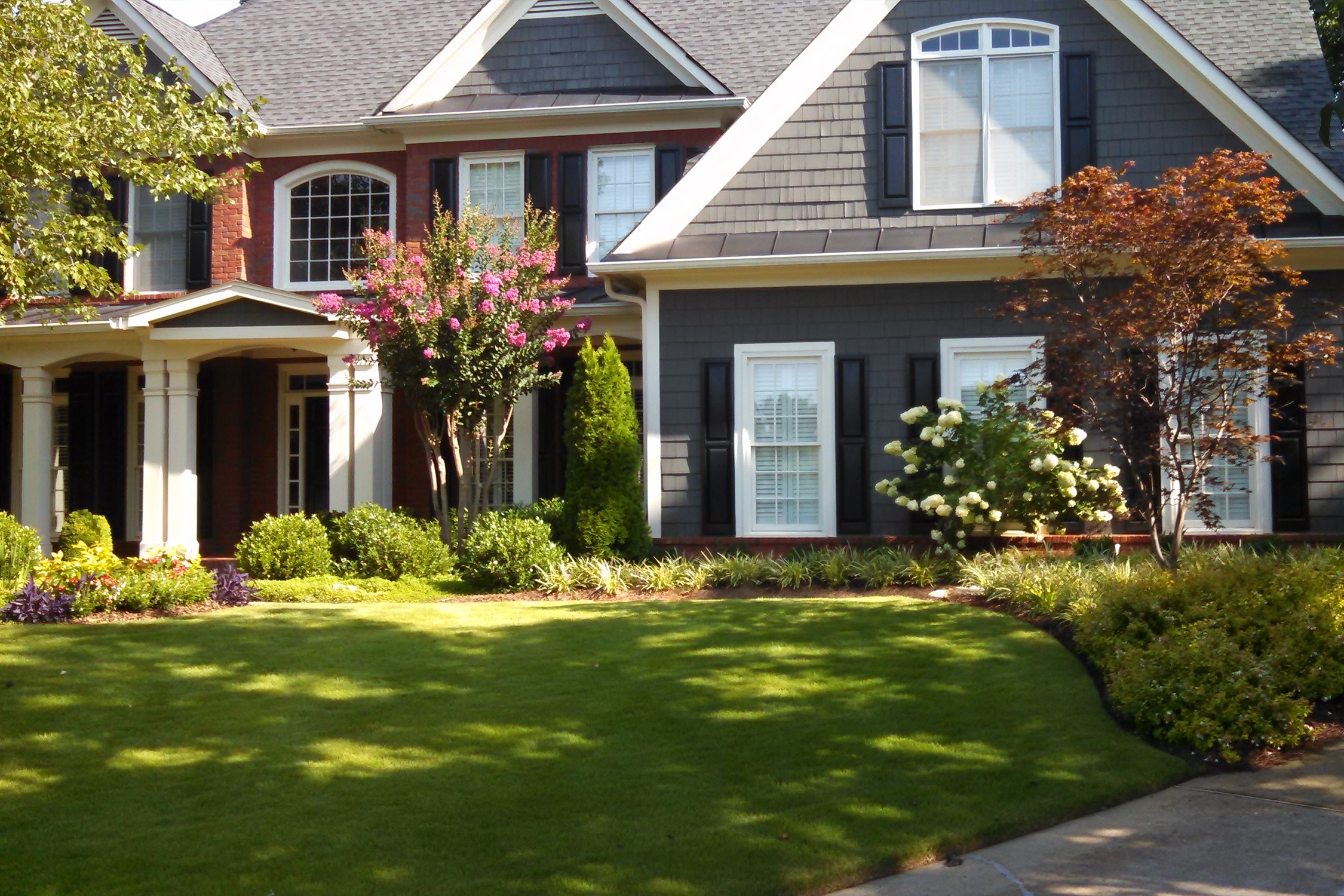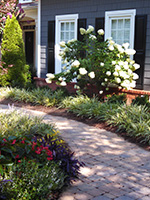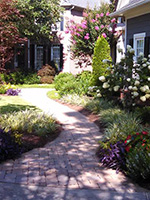Well it’s official, summer has finally come to an end! Wanted to share with anybody a project that started from a very raw beginning and turned into a great summer oasis.
If you’re having trouble visualizing what you can do with your landscape, call Unique at 404-691-9310. Let us bring your landscape to life.
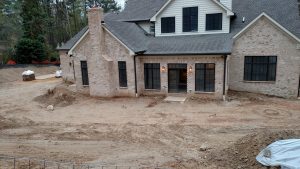 |
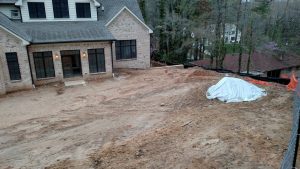 |
|---|---|
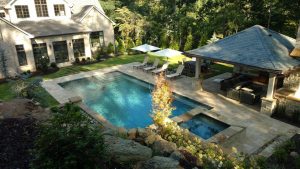 |
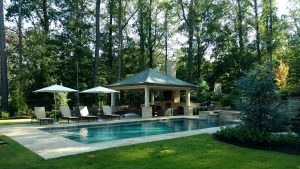 |
 |
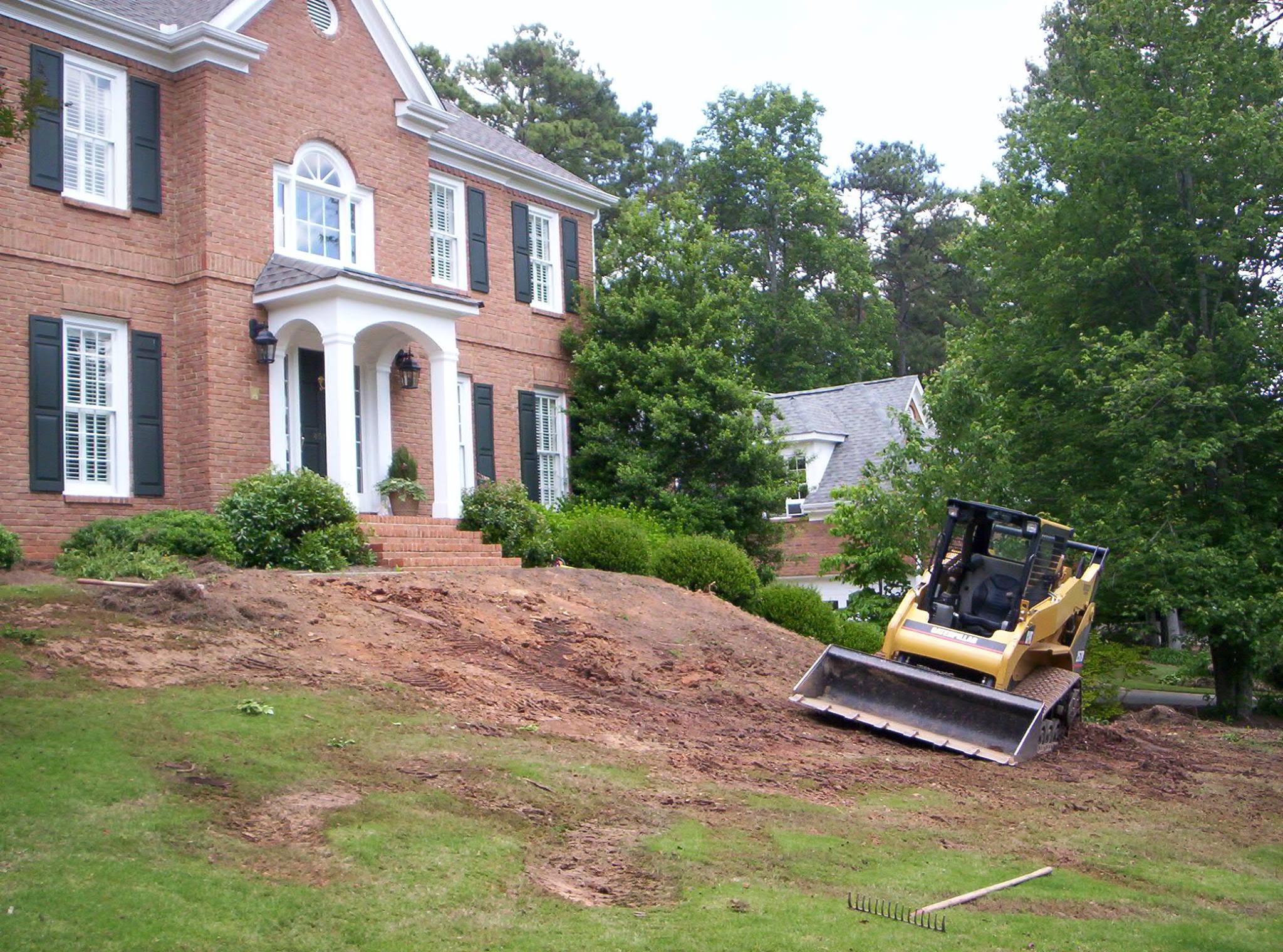
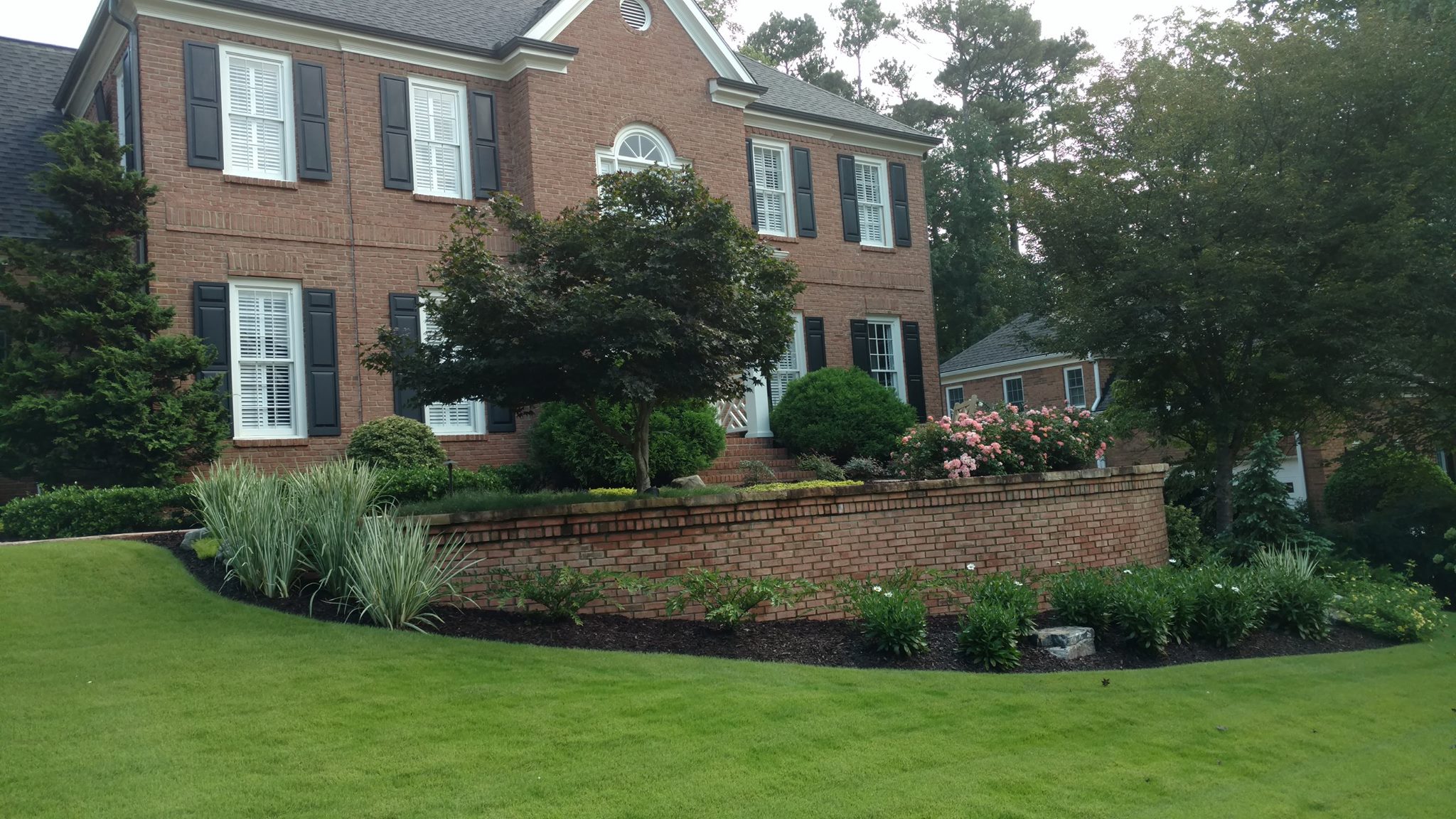
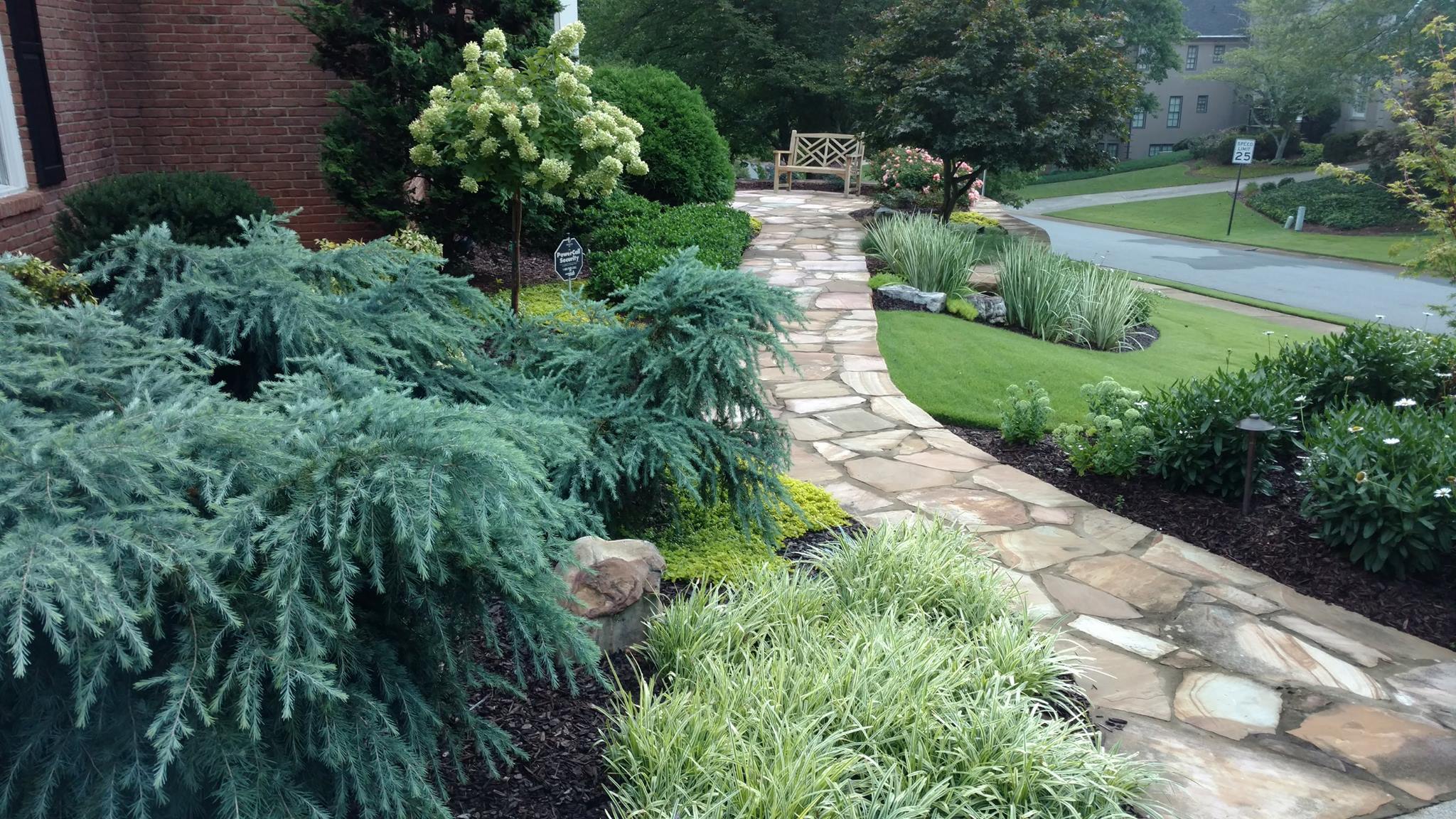
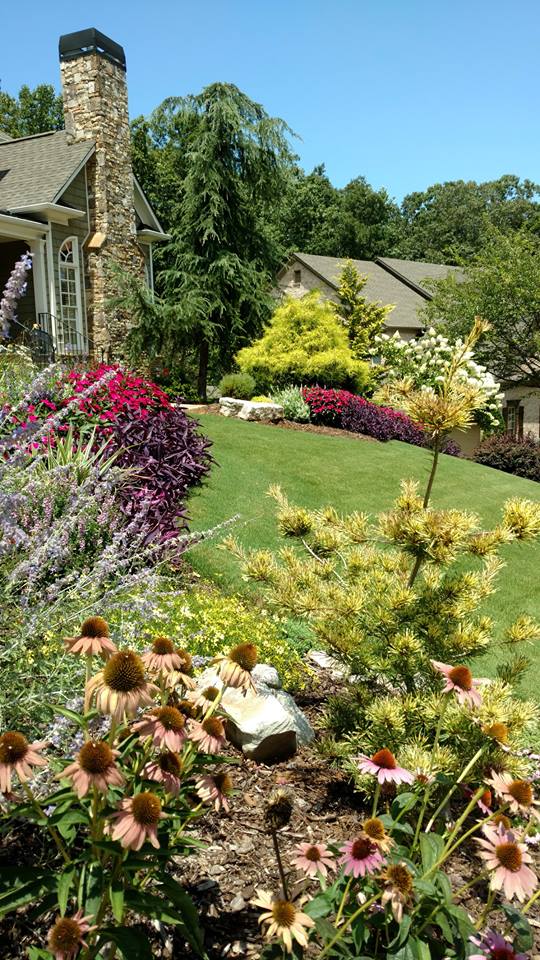
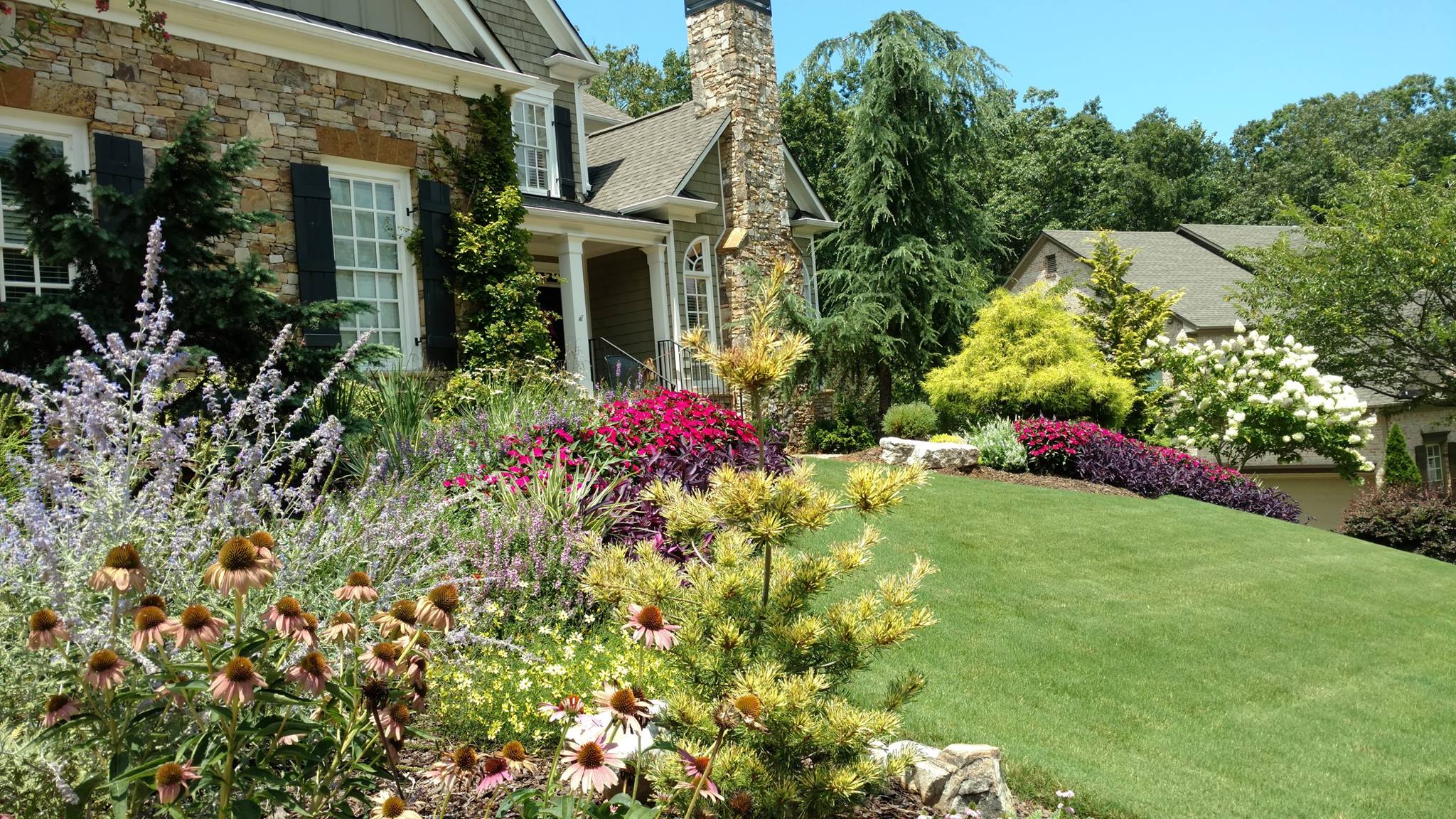
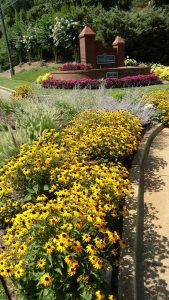
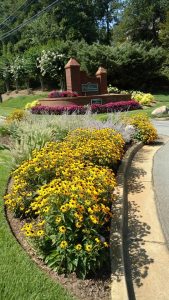
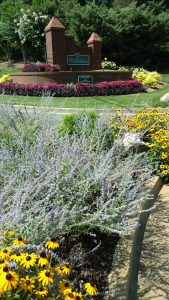
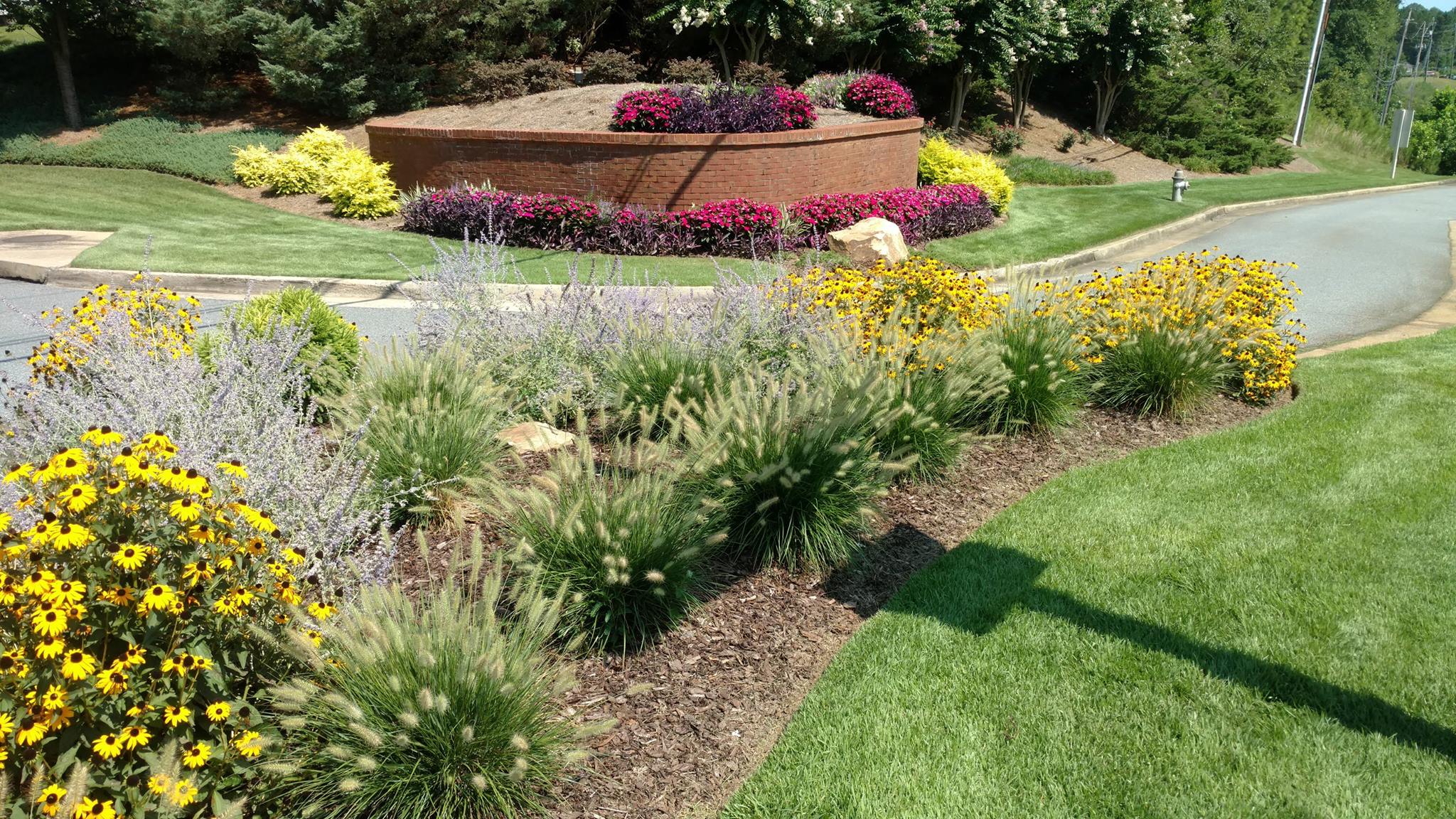
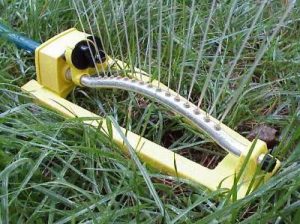 The weather is heating up quickly here in the Atlanta, and it appears that we are going to be in for a very hot and dry summer.
The weather is heating up quickly here in the Atlanta, and it appears that we are going to be in for a very hot and dry summer. Zoysia grass is a very durable and sustainable turf, but it has some downfalls, especially coming off our wet winter. Some areas in your yard may not be greening up as normal and may appear dead. This is being caused by Zoysia Brown Patch.
Zoysia grass is a very durable and sustainable turf, but it has some downfalls, especially coming off our wet winter. Some areas in your yard may not be greening up as normal and may appear dead. This is being caused by Zoysia Brown Patch. So remember, more water and fertilizer does not help the problem.
So remember, more water and fertilizer does not help the problem.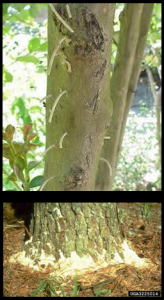 Home owners have a few products available to them that contain the active ingredient, permethrin or bifenthrin, that may be sprayed on the trunk, such as certain Spectrum, Ortho, and Bayer Advanced products. Examine the label for these active ingredients for some type of borer listed on the label. “Granulate Ambrosia” beetle will not specifically appear on the label. You are better off doing everything that you can to reduce the stress of the tree or shrub in hopes that the plant will outgrow the attacks. Organic products such as Pyrenone or PyGanic may be used, but are expensive and may not be available in small amounts. Their effectiveness has not been well studied.
Home owners have a few products available to them that contain the active ingredient, permethrin or bifenthrin, that may be sprayed on the trunk, such as certain Spectrum, Ortho, and Bayer Advanced products. Examine the label for these active ingredients for some type of borer listed on the label. “Granulate Ambrosia” beetle will not specifically appear on the label. You are better off doing everything that you can to reduce the stress of the tree or shrub in hopes that the plant will outgrow the attacks. Organic products such as Pyrenone or PyGanic may be used, but are expensive and may not be available in small amounts. Their effectiveness has not been well studied.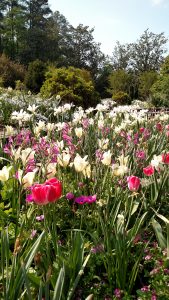
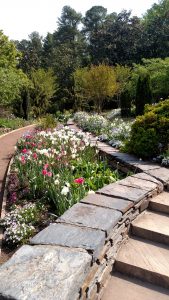
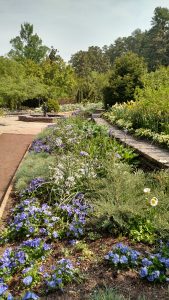
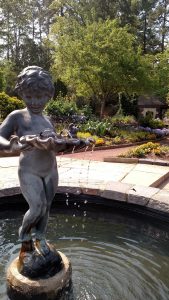
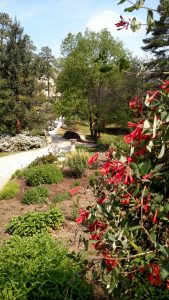
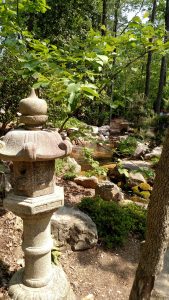
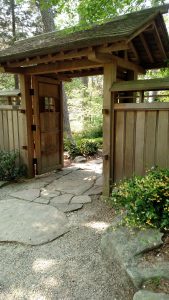
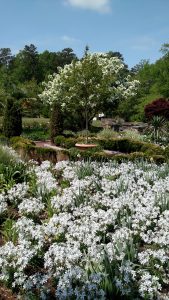
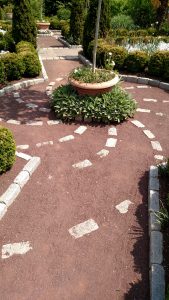
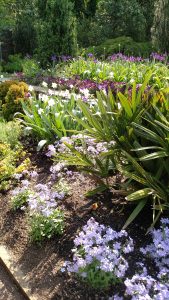


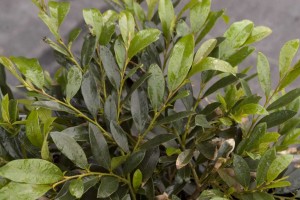 we think that the Distylium shrub is almost there. Distylium is an evergreen shrub that offers three varieties – Distylium Vintage Jade, which is the low-growing variety, Blue Cascade is mid-sized and Emerald Heights is the tallest.
we think that the Distylium shrub is almost there. Distylium is an evergreen shrub that offers three varieties – Distylium Vintage Jade, which is the low-growing variety, Blue Cascade is mid-sized and Emerald Heights is the tallest.
